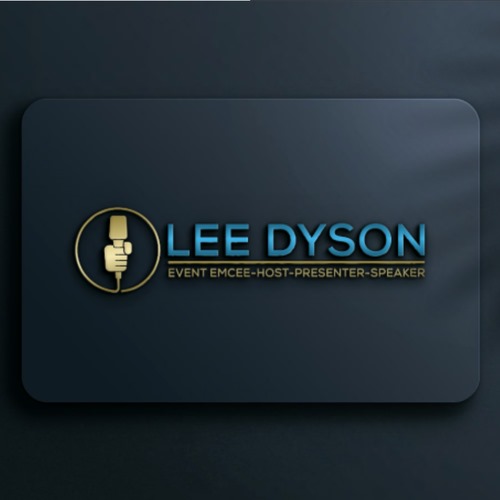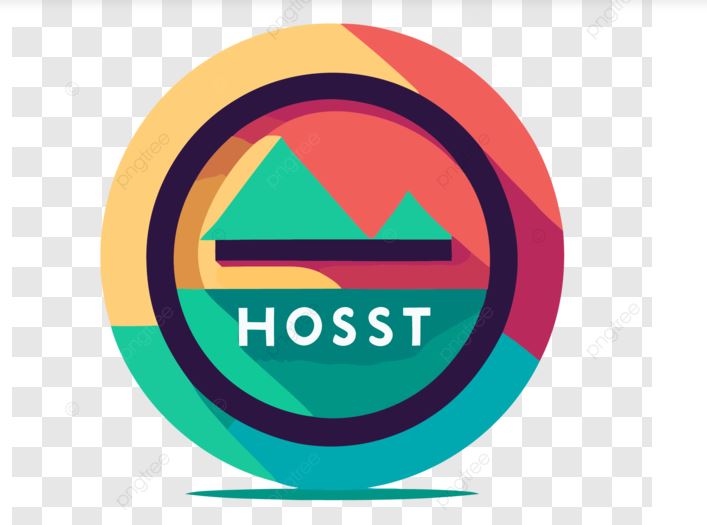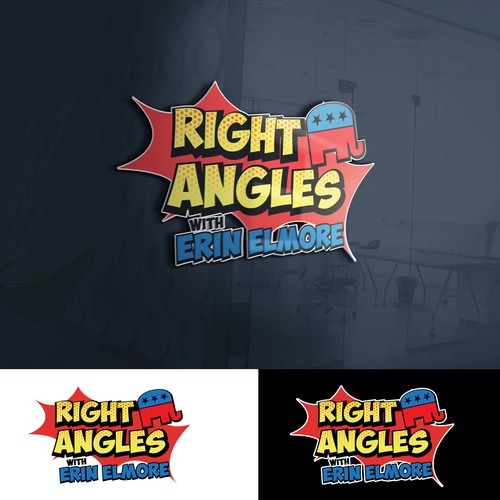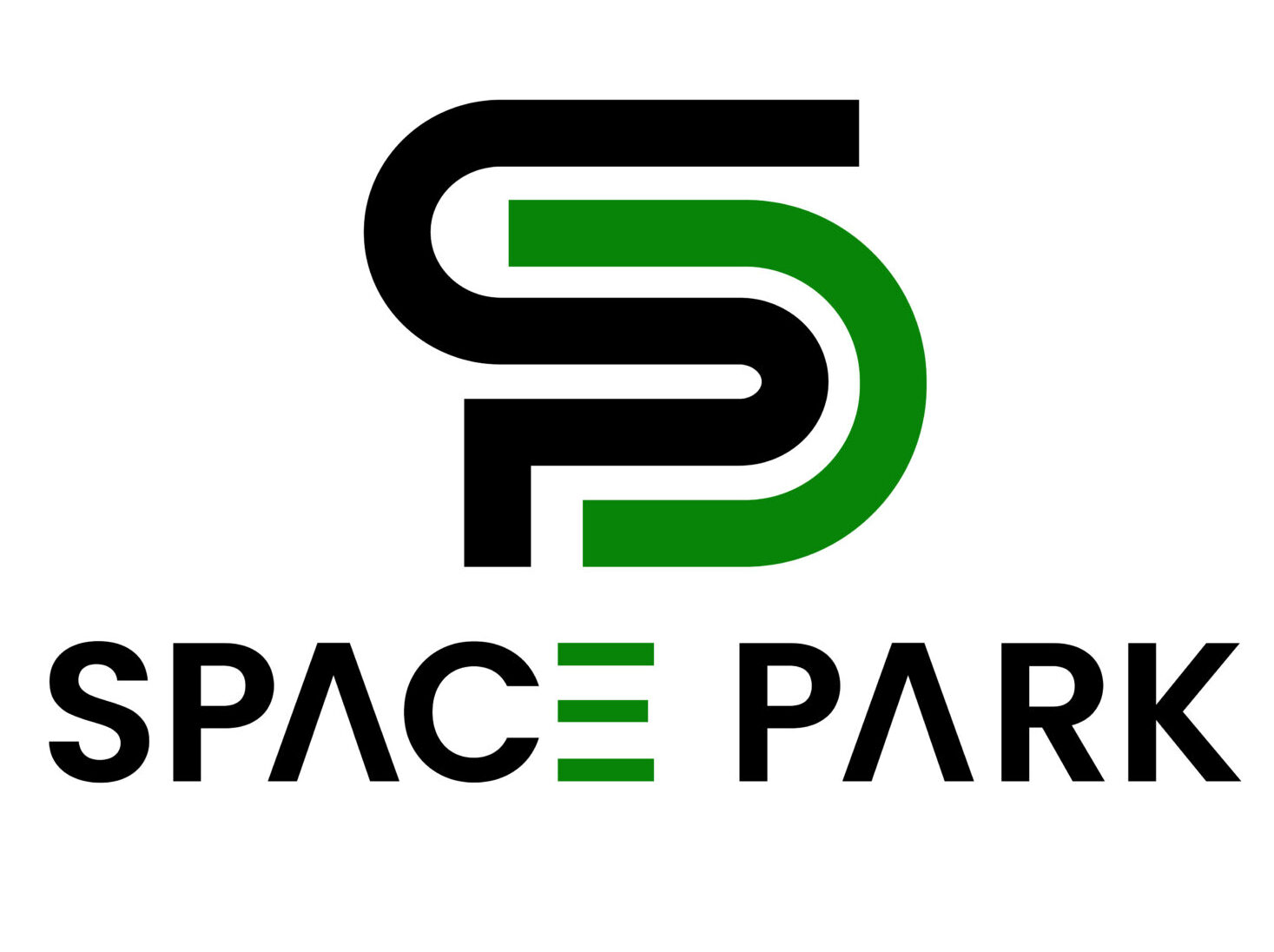In today’s digital world, media hosting is crucial in delivering, consuming, and perceiving content. A key element of any successful media host is its logo – a small but mighty visual that encapsulates identity, values, and brand promise. But what makes a media host logo effective? And how can it enhance your brand recognition and SEO efforts? Let’s explore.
The Role of a Media Host Logo

A logo is more than just a pretty picture. It represents the essence of your media host, conveying its identity and values at a glance. A well-designed logo can instantly communicate professionalism, trustworthiness, and innovation – essential qualities in the competitive media hosting industry.
When users see a recognizable logo, it builds trust and loyalty. Consider how you feel when you see well-known brands like YouTube, Spotify, or SoundCloud logos. Their logos are more than just images; they are symbols of quality content, reliability, and a seamless user experience.
Elements of an Effective Media Host Logo
Creating a standout logo isn’t just about aesthetics but functionality and resonance with your audience. Key design elements include:

- Simplicity: A simple logo is easy to recognize & remember. Overcomplicated designs can be confusing and forgettable.
- Relevance: Your logo should reflect your media host’s niche and target audience. For instance, a tech-savvy audience might appreciate a sleek, modern design.
- Versatility: An effective logo looks good everywhere – on websites, social media, mobile apps, and print materials.
Consider Twitch’s logo. It’s simple, relevant to its gaming and streaming audience, and versatile enough to be used across various platforms. Its bold, blocky typography and distinct color set it apart, making it instantly recognizable.
Steps to Create a Unique Media Host Logo
Designing a unique media host logo involves careful planning and creativity. Here’s a step-by-step guide:

- Define Your Brand:
- Understand your brand’s mission, values, and target audience.
- What message do you want to convey through your logo?
- Research and Inspiration:
- Look at competitors’ logos for inspiration.
- Identify trends that resonate with your brand identity.
- Choose Colors and Fonts:
- Select colors that align with your brand’s image. For example, blue evokes trust and calm, while red signifies energy and passion.
- Pick fonts that complement your logo. A modern media host might opt for clean, sans-serif fonts.
- Incorporate Symbols and Imagery:
- Use symbols that represent your services. A play button might be a fitting symbol if you host video content.
- Ensure any imagery used is scalable and clear at different sizes.
- Create Multiple Drafts:
- Sketch several versions of your logo.
- Refine and narrow down to the best options.
- Get Feedback:
- Share your drafts with colleagues, friends, or even your target audience.
- Use their feedback to make improvements.
- Finalize Your Design:
- Ensure your final logo is versatile and works well in different formats.
- Save it in various file types (PNG, SVG, etc.) for different uses.
Importance of SEO and Branding
A well-crafted media host logo does more than look good; it plays a crucial role in your SEO strategy. Here’s how:
- Visual Branding:
- A recognizable logo can increase click-through rates. Users are more likely to visit a website with a familiar logo.
- Consistent logo use across all platforms reinforces your brand, making it more memorable.
- Search Engine Visibility:
- Search engines favor well-branded websites. A strong logo can improve your site’s credibility and ranking.
- Use alt text for your logo image to boost SEO. Describe your logo and include relevant keywords.
For example, Netflix’s logo is synonymous with high-quality streaming content. Its consistent branding across all platforms has made it a household name, improving its search engine visibility and driving traffic.
Case Studies
Let’s look at some real-world examples of media hosts who have transformed their branding and SEO with a new logo:
- Vimeo:
- Vimeo’s rebranding included a fresh logo that better represented its creative community.
- The new logo helped increase user engagement and improved brand recognition.
- Anchor:
- Anchor, a podcast hosting platform, revamped its logo to appeal to a broader audience.
- The updated logo and branding strategy led to a significant increase in user sign-ups and app downloads.
Conclusion
A well-designed media host logo is more than just a visual asset in the fast-paced digital landscape. It’s a powerful tool that drives brand recognition, trust, and SEO performance. Following the steps outlined above, you can create a logo that stands out, resonates with your audience, and boosts your online presence.
Ready to take your media hosting to the next level? Apply these insights to craft a logo representing your brand and watch your traffic and engagement soar. And if you need expert guidance, our team is here to help – reach out today to get started!
